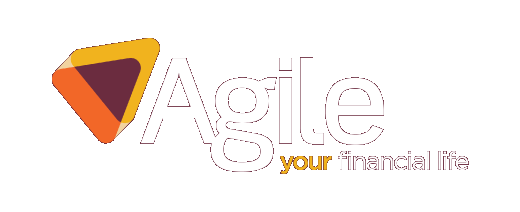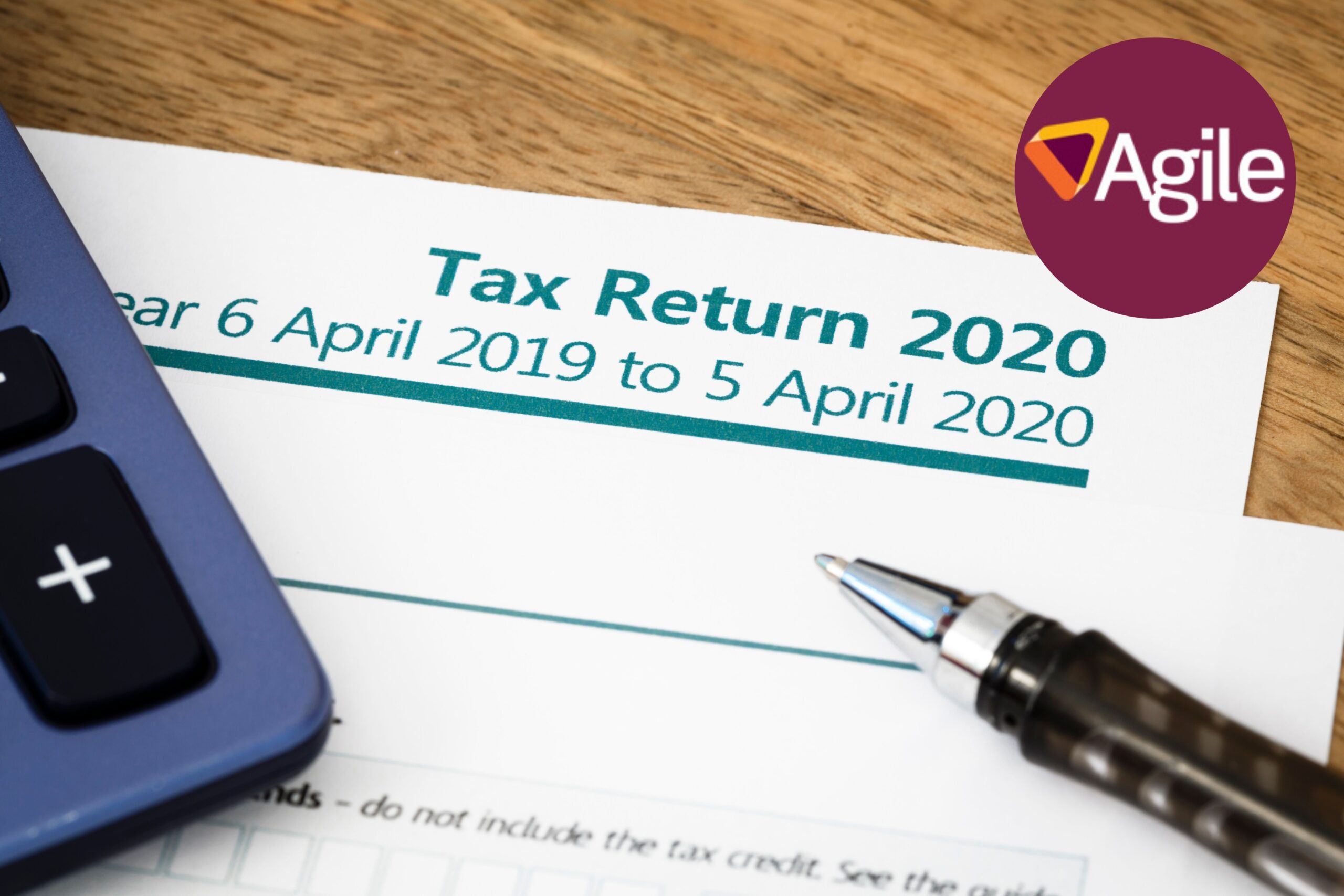Hello out there. It’s the weekend again. Where did that go?! I hope you’re all well and safe, spirits up and eager to learn of your next investment opportunity. This week I’m going to take a look at tax and more importantly saving it. It’s topical this week thanks to dear old President Trump and what seems like a great team of advisers he has. $750 income tax for a man of his wealth. Wow! Firstly though, I have a confession to make. The title of this post may be a little misleading. I am no magician and I’m not prepared to be ‘creative’ with the truth – that would be illegal. So, if you are a billionaire expecting me to get you a £750 tax bill this year, you will be sorely disappointed.
For most people out there however, spanning from those with a modest nest egg to those with millions, there is hope. Plenty of ways exist in which you can very legally keep your hard earned cash away from the dreaded tax man. This isn’t dodgy. This is just about making use of the allowances available to each and every one of us.

This list certainly isn’t exhaustive and should not be taken as individual advice, but here are a few of the main ways that you could get a little bit closer to paying tax like Trump…
1. Use your ISA allowance
OK, cash ISA’s offer very little return at the moment. I know. In fact, in some cases if all you can do is cash, you may be better off without the ISA – but only if you have relatively modest savings and don’t invest outside of cash at all. Otherwise, you should consider making use of your full allowance if you can do so. Why? Two reasons.
Firstly, because it’s a use it or lose it situation. You may not think the ISA is worth it now, but the returns will always be tax free (subject to no rule changes). That’s a very valuable benefit for those that have managed to, or are likely to, build more substantial sums.
Secondly, ISA’s can make use of many more investments than just cash. Most offer you a much better potential for return if you are prepared to accept even a cautious amount of risk and invest for a little bit longer. This can substantially increase tax free income.
2. Use your pension allowances and tax reliefs
By using a pension to save for retirement, you’ll also avoid paying some tax. That’s because your pension contributions qualify for tax relief. So if you’re a basic rate taxpayer, you’ll qualify for tax relief at a rate of 20%. Meanwhile, higher rate taxpayers qualify for tax relief at a rate of 40%.
Do you own your own private company? Great news, pension contributions in most cases will count as a business expense, therefore a saving of 19% corporation tax can be made.
You should note that the amount you can contribute to your pension is now limited to £40,000 a year, but your allowance for a limited number of previous years can be carried forward, so where funds exist this can be a substantial win. But this again could be classed as a use it or lose it situation.
Pensions grow tax free too, so they are are a great way to build up a tax-free nest egg for your retirement. That said, once you start to claim your pension income, you will have to pay income tax. Don’t worry! You do get the first 25% of your pot to withdraw tax free and you can structure your income appropriately – more later.
3. Use your personal income tax allowance.
Every one of us currently has a personal tax allowance, a nil rate tax band if you like, of £12,500. If you are part of a couple (that is in a good place I should add!) this presents you with a couple of opportunities to use it!
Firstly, just taking the pension issue a little further, it may be useful to structure some of your contributions to reflect that this allowance can be used by you both when you start to draw retirement income, but only if you’ve got sufficient funds to draw. This could be a useful tool for example if you are both directors of a family company or have excess income.
Secondly, if you are married or if tax and personal circumstances allow, you could transfer any income producing assets to his/her name and receive a nil or lower tax rate by using his/her personal allowance.
This means that for a couple, with the right investments and structuring of contributions to pensions, in retirement you could bag yourself an income of £25,000 before you start paying any tax and this could be drastically increase by also having a properly structured investment portfolio.
You can find info about personal tax allowances here.
4. Use your other allowances – all of which most people have!
Savings Allowance
Since April 2016, savers have been able to grow their money tax free, thanks to the ‘personal savings allowance’. This allows you to earn interest up to £1,000 interest tax-free if you’re a basic-rate (20%) taxpayer, or £500 if you’re a higher-rate (40%) taxpayer. Additional-rate taxpayers don’t receive a personal savings allowance, so if you earn more than £150,000 each year, you’ll need to pay tax on all your savings.
All interest from savings is now paid gross, which means tax will no longer be deducted by your bank or building society. At today’s rates you could have a fair amount invested in cash before you start paying tax on the returns. I would of course suggest that this is a terrible idea given inflation would eat away at your capital quite readily. All is not lost however, as some investment funds offering higher potential returns (with some risk) are also ‘interest’ producing. This means you can structure your investment portfolio accordingly to make use of this allowance.
Dividend Allowance
Everyone has a tax free dividend allowance of £2000 per year. This means that for owners of private limited companies taking company profits as dividend, or investors in public shares receiving dividends this is a valuable allowance.
Taking regular dividends over time from an income producing share portfolio or share based fund portfolio can add a healthy amount onto your retirement income. These could be phased into ISA’s over time, further reducing tax and giving you a slice of the profit from the great companies of the world. For the well informed investor this strategy is a must.
Capital Gains Tax Allowance
You only have to pay Capital Gains Tax on your overall gains above your tax-free allowance (called the Annual Exempt Amount). The Capital Gains tax-free allowance is £12,300. This gives you the opportunity to purchase investments with readily available capital at any time and then phase them, as detailed above, into more tax efficient environments such as ISA’s.
This also gives you the ability to realise amounts of capital for one off expenditure, such as those kitchens, cars and cruises!
So what now?
OK so that’s it. Nothing hard there at all?! But even with some of the more experienced savers and investors out there, in most client meetings I can usually manage to save some tax. It’s all about structure and it’s all better off in your pocket than with the tax man.
If however what you’ve just read means nothing to you, but you have pensions and other assets that you’ve worked hard to build over time, you could probably use some advice. Structuring your future wealth and income properly could quite literally save you thousands and I always find it is well worth it.
I appreciate some of you may like to see this in practice, so at the end of this post I’ve added a case study example. It’s an easy one I know and I fully appreciate that everyone is different and the world is not ideal. So why not drop me a line? I am always on hand to answer any questions you may have – just email advice@agileifa.co.uk or use our contact form and we will gladly contact you.
Thanks for reading . Until next week.
Chris @ Agile
Case Study David & Rachel, both 66. Target after tax income – £30,000.
David and Rachael are ready to retire, they have just celebrated their 66th birthdays. They each have money purchase pension pots, David has a sum £200,000 whilst Rachael has £150,000. Their children left home a while ago and since then they have done a great job at saving. They also inherited a small amount from parents. Having managed to fund ISA’s to some extent for a number of years they recently decided these should be invested rather than held in cash given terrible cash rates. They are currently worth £75K each. They like to keep a cash buffer too, so have £50,000 in a savings account paying 1%.
Knowing that their spending habits will change now that they are no longer working, Rachel set out to create a budget that would fit their lifestyle in retirement. They no longer have a mortgage so it’s really as simple as day to day spending, the occasional holiday and social. This comfortably comes within £2500 per month.
The zero tax solution…
| David | Rachael | Tax | Notes | |
| State Pension | £9,110 | £9,110 | £0 | Within Tax Free allowance |
| Pension Drawdown Income | £4,520 | £4,520 | £0 | Uses remainder of personal allowance as taxable income and includes the tax free cash available on the payment. |
| ISA 3% Withdrawal | £2,250 | £2,250 | £0 | Income and capital gains both tax free |
| Savings Interest | £250 | £250 | £0 | Within personal savings allowance. |
| Total Income & Tax | £32,260 | £0 |
This allows them to live comfortably to their lifestyle and have money left in pensions and investments for the ‘big things’. Of course, if you are younger than state pension age great – just replace it with private pension withdrawals. They’ve even got a little Brucie Bonus on top of their desired 30K. Happy days!



